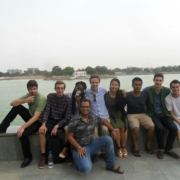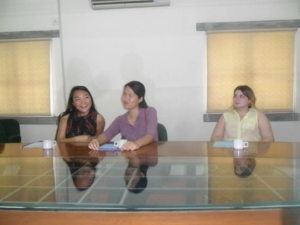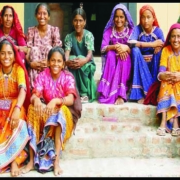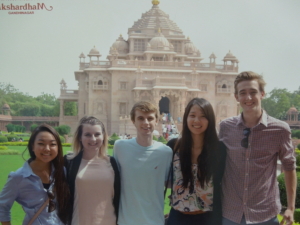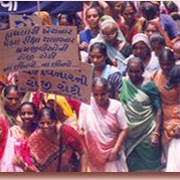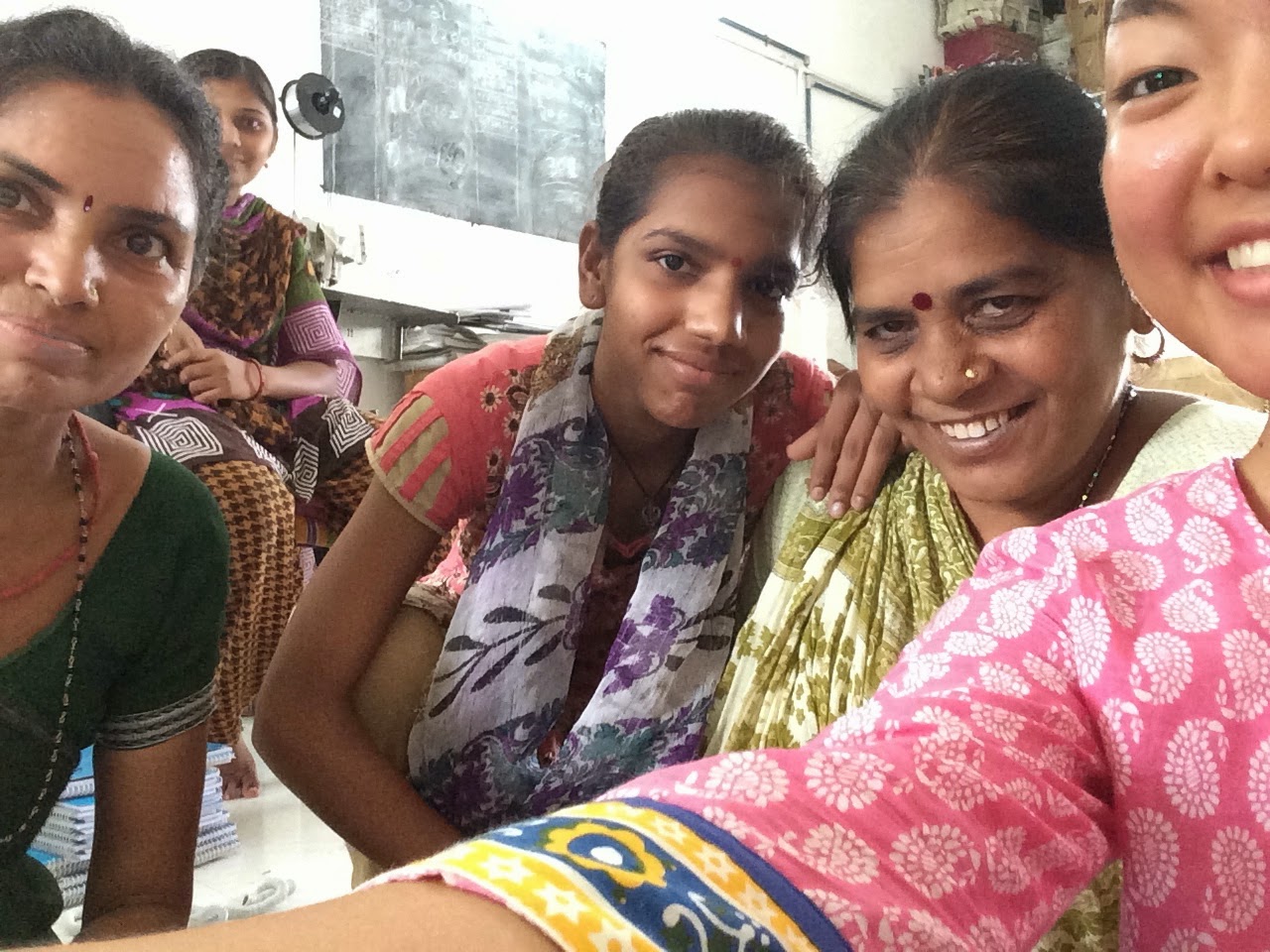Self-Employed Women’s Association – Week 6
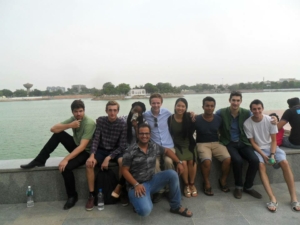 I cannot believe that the internship has finished. I sit here in the EDI campus just a few hours away from my flight home and I am still trying to take it all in. I have had an amazing time, and I have met so many wonderful people here, from students and teachers to managers and RUDIben (self-employed women who sell RUDI products). It has given me a completely new perspective on how businesses can work, and has shown me the true determination and power of the women involved with SEWA and RUDI.
I cannot believe that the internship has finished. I sit here in the EDI campus just a few hours away from my flight home and I am still trying to take it all in. I have had an amazing time, and I have met so many wonderful people here, from students and teachers to managers and RUDIben (self-employed women who sell RUDI products). It has given me a completely new perspective on how businesses can work, and has shown me the true determination and power of the women involved with SEWA and RUDI.
I have personally found our last week of the internship the best out of all of them. It started off on Monday with the presentation of Tim’s and my 5 year business plan for the Surendranagar District of RUDI. To finally show our finished product and receive such positive feedback made all the hours that we spent working on it worthwhile. In the evening we met up with Sharmishta and all of the intern’s supervisors at a beautiful restaurant to be served a feast of Gujarati dishes. Sharmishta had the chance to meet our supervisors to whom we had all grown very close, whilst we filled our bellies with some delicious and rather strange food.
But our work had not quite finished there. Tim and I were then informed we would be making a trip to another district that had just started up so that we could create a short report on it and come up with a few recommendations on how they can improve. So on Tuesday, Dimpleben, Tim, and I set off to Rajasthan for two days.
It was great to be out in India again, peering out into the countryside and visiting various centres that provide support to so many people. A few hours later we arrived at our destination and were warmly welcomed by a group of RUDIben and their children who took us on a tour of the village, stopping off at various houses to be served sweet chai and spicy food. When we returned to the centre, we gathered the information we needed, helped the RUDIben load the car, and went to stay the night at one of SEWA’s manager schools before setting off back to Ahmedabad.
On the Thursday I spent my time writing the report and playing football with the Indian students with Jordan and Addison. We had come to look forward to the 6 o’clock kick off like eager children on Christmas Eve.
Friday came quickly, the last day of the internship, who could believe it?! The SEWA interns had a meeting where we showed our work and discussed the internship with our supervisors. They were all impressed with our work and effort over the course of the internship, and us with their kindness and help along the way. We also had the chance to talk to a couple of people who had been brought into SEWA to come up with a strategy for the next ten years; one of whom was a professor from Cambridge who was from the midlands, so after a brief while of talking football about Birmingham (whom I support) and West Brom, we discussed our work with them. To get more praise for our work from such people made Tim and me even happier, it really made us proud of our work. But things weren’t all so positive… we then had to say bye to Dimpleben, with whom Tim and I had grown so used to going into work and seeing her smiling face and hearing her little jokes. But Dimpleben wasn’t the only person who we were saying goodbye to; Addison left that afternoon, followed by Jordan, Jamie, Harriet, Su and Alex who set off on their travels around India. Lola and Bradley left in the evening, leaving me alone for Sunday.
But it wasn’t all so bad; I went to a market with a few Indian friends I had made on the campus and bought a kurta for my little nephew, and I cannot wait to see him in it! I had my last meal out which consisted of plenty of chicken and rice and returned back to the campus to pack my bags and write this blog.
It has been a truly memorable 6 weeks and I can look back on my experience with a fondness for this crazy and wonderful country I never thought I’d have. India has been so welcoming and friendly, and I have gained so much invaluable knowledge and seen sights that you cannot see anywhere else. I know I will return one day, and sooner rather than later I hope.
